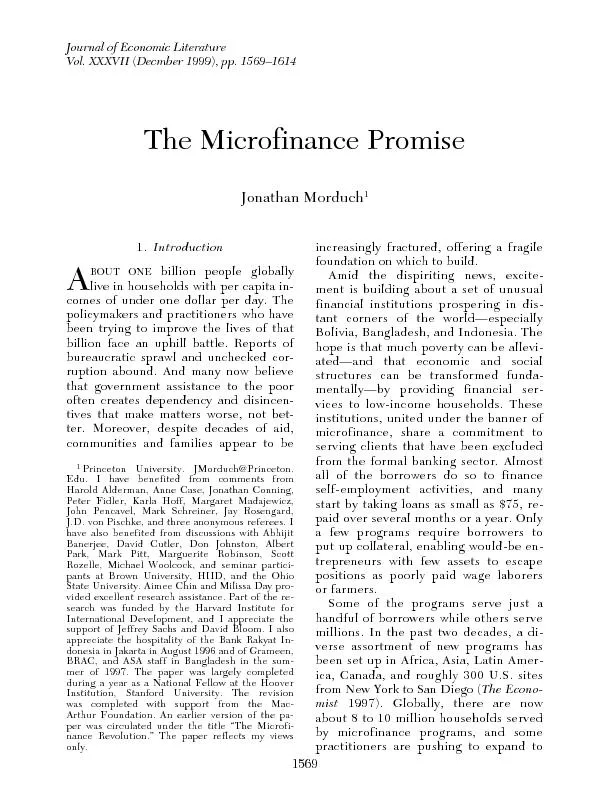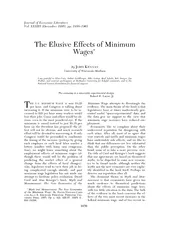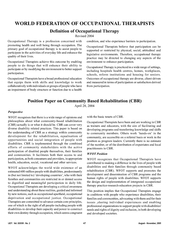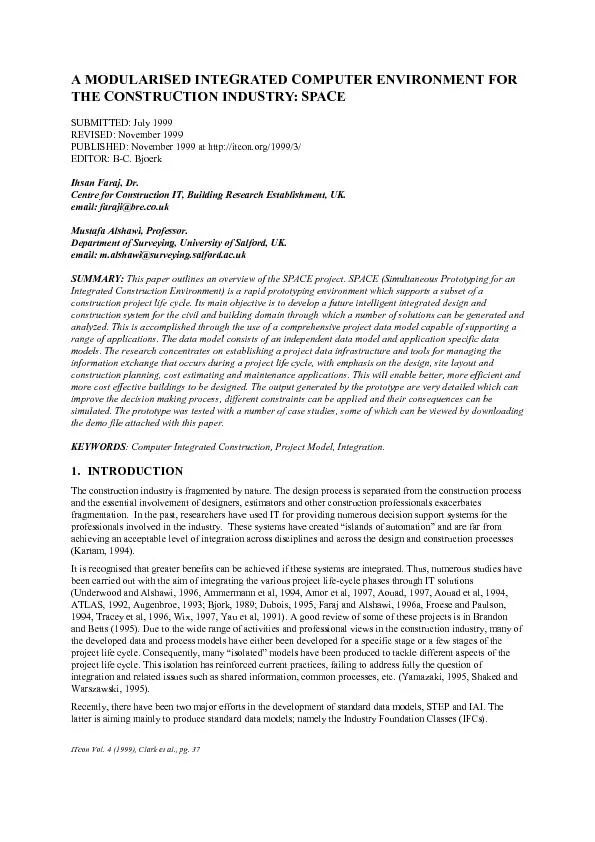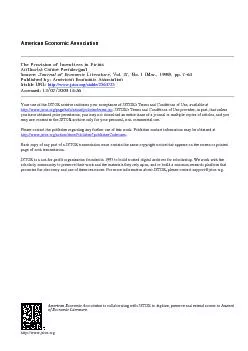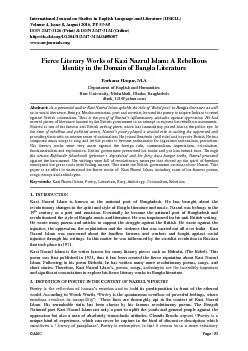PDF-Vol. XXXVII Journal of Economic Literature, Vol. XXXVII December 1999
Author : pasty-toler | Published Date : 2016-05-01
100 million poor households by 2005the World Bank has been quick topoint out helping 100 million housemillion poor people could benefit Increasing activity in the
Presentation Embed Code
Download Presentation
Download Presentation The PPT/PDF document "Vol. XXXVII Journal of Economic Literatu..." is the property of its rightful owner. Permission is granted to download and print the materials on this website for personal, non-commercial use only, and to display it on your personal computer provided you do not modify the materials and that you retain all copyright notices contained in the materials. By downloading content from our website, you accept the terms of this agreement.
Vol. XXXVII Journal of Economic Literature, Vol. XXXVII December 1999: Transcript
Download Rules Of Document
"Vol. XXXVII Journal of Economic Literature, Vol. XXXVII December 1999"The content belongs to its owner. You may download and print it for personal use, without modification, and keep all copyright notices. By downloading, you agree to these terms.
Related Documents

